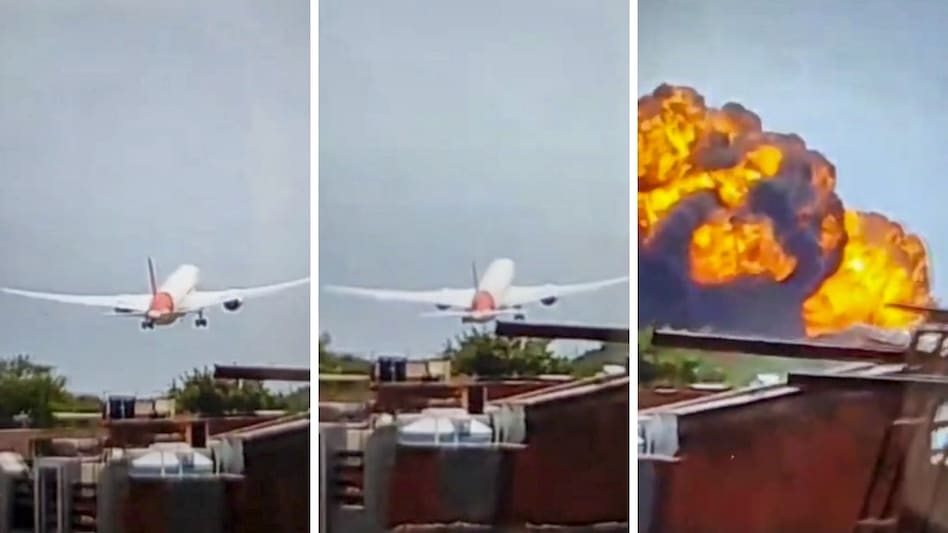 “But we’re still at square one. We don’t know why both engines on a 787 flamed out after takeoff. It’s a real head-scratcher.”
“But we’re still at square one. We don’t know why both engines on a 787 flamed out after takeoff. It’s a real head-scratcher.”
 “But we’re still at square one. We don’t know why both engines on a 787 flamed out after takeoff. It’s a real head-scratcher.”
“But we’re still at square one. We don’t know why both engines on a 787 flamed out after takeoff. It’s a real head-scratcher.”Captain Steve Scheibner, a former U.S. Navy pilot and seasoned aviation analyst, says the deployment of the ram air turbine (RAT) on the Air India Dreamliner that crashed on June 12 is compelling evidence of a catastrophic dual engine failure—and a game changer in understanding what may have brought down the aircraft.
In a detailed video posted on YouTube, Scheibner dismantles earlier theories circulating within 48 hours of the Air India AI-171 crash. “There’s three camps,” he says. The first theory blamed a dual engine failure—possibly from a bird strike or fuel contamination. The second involved improper flap settings. The third, which he initially leaned toward, was that the copilot mistakenly raised the flaps instead of the landing gear.
But new video evidence, sharper than the widely circulated footage, has shifted his analysis entirely.
“Right there, my friends… we’ve circled it for you,” Scheibner says, pointing to the footage. A small gray dot beneath the wing—a protrusion just aft of the right wing—is visible. “That little gray dot is the RAT,” he explains. “This is visual confirmation that the RAT deployed.”
The ram air turbine (RAT) is a last-resort device designed to deploy automatically on aircraft like the Boeing 787 Dreamliner when both engines fail or there is a total loss of electrical or hydraulic power. “It’s not designed for an airplane at 400 or 500 feet to lose all power,” he says. “But it gives you the minimum needed to fly and communicate.”
Scheibner offers a second piece of evidence: audio. Playing the unedited original crash video, he says, “You can hear it. It sounds like a high-pitched prop, like a little Cessna going by.” The sound is the RAT spinning at near-sonic speeds to generate emergency power.
Then comes the third: the lone survivor’s testimony. The passenger in seat 11A told investigators he heard a loud bang and saw the lights flicker before impact. “That’s consistent with RAT deployment,” Scheibner says.
A fourth clue, he adds, is a reported Mayday call in which the captain allegedly mentioned a loss of thrust—though ATC audio hasn’t yet been released.
“This puts the dual engine failure theory in first place,” Scheibner concludes. “But we’re still at square one. We don’t know why both engines on a 787 flamed out after takeoff. It’s a real head-scratcher.”